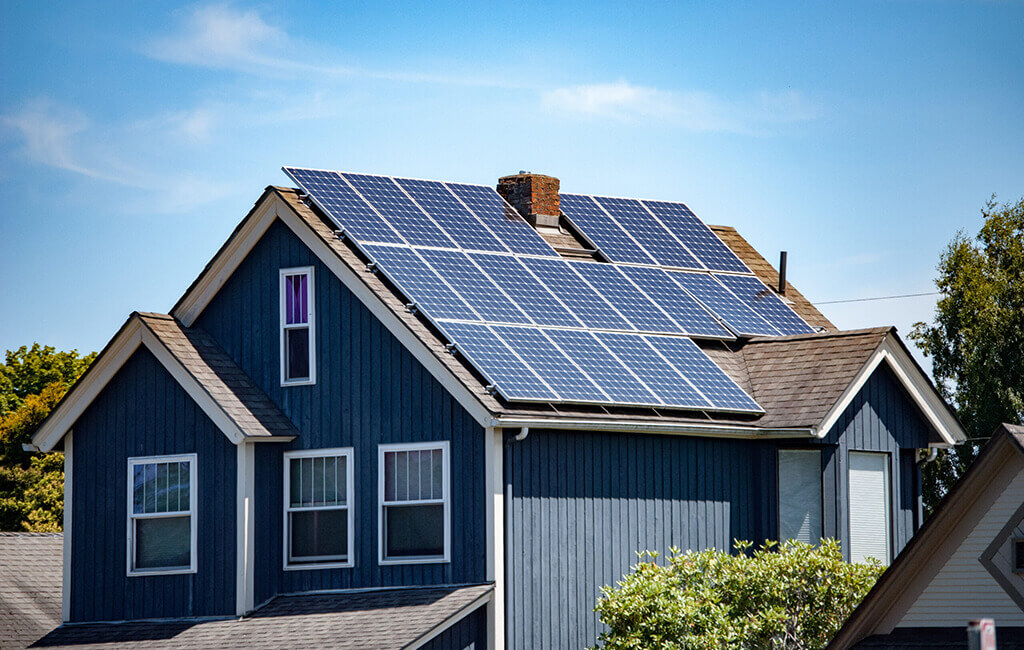


The government incentive set in place in the form of the solar rebate which is more accurately a subsidy, has been a major force behind Australia achieving more than 3 million rooftop solar system installations to date. With the help of the government rebate, a home solar installation cost can come down by thousands of dollars, and can bring up to tens of thousands of dollars off a commercial solar system less than 100kW capacity. Now that the year is coming to an end, it is a good time to look at what will potentially happen with Australia’s hugely popular solar rebate as we welcome the New Year on January 1, 2022.
The government rebate on the installation of a solar power system has reduced each year since 2017 as part of a planned phase-out, and is predicted to drop to zero in January 2031.
Households and small businesses across Australia that install a small scale renewable energy system like a solar power system are able to receive a benefit under the Small-scale Renewable Energy Scheme (SRES) to help with the purchase cost. Installing an eligible system allows the creation of Small-scale Technology Certificates (STCs) with a value that can be redeemed by selling or assigning them. The number of STCs created is based on the following factors:
The amount of government rebate accompanying an eligible system varies based on a number of factors which includes the following -
But as an example and a very general guide, the subsidy will be around $320 less than currently on a 6.6kW system in January 2022. This assumes current STC values hold, and they have been stable in recent months. It’s a small amount to miss out on compared to the savings a good quality system will provide during its many years of service.
Understanding how the solar panel rebate works is really quite simple – the solar rebate means there is an up-front discount for installing the solar power system rather than something you receive after the system is paid for and installed.
If you are still hesitating to take the plunge and invest in a solar power system then it is highly recommended to do so before the end of this year to maximise on the government rebates. It’s always a good time to get solar installed considering every quarter without the generation of solar power through the installation of a solar power system, your household electricity bills (or those of your business) will be much higher than they might otherwise be – so doing some research on installing solar and getting quotes now is a great idea in preparation for an early 2022 installation.
The level of solar rebate accompanying eligible systems is partly based on the installation date, not purchase date. There’s some lead-up time after you sign the contract with the solar installation company for a system and it is highly likely that many good solar installers would be booked out to the end of the year. And it’s not worth risking a bad installation company with time on its hands as that could end up costing you more in the long run with poor installation and future issues.
By locking in a good and reliable solar installer, you could be saving on your electricity bills with solar energy earlier in 2022 than if you wait until early next year before making a decision. Quotes for quality systems and installation issued now will likely take into account a 2022 installation date. There’s often a backlog of work after installers get back from their well-deserved and hard-earned holiday breaks.
Contact One Solar today for a free quote on a quality solar power system and begin saving!